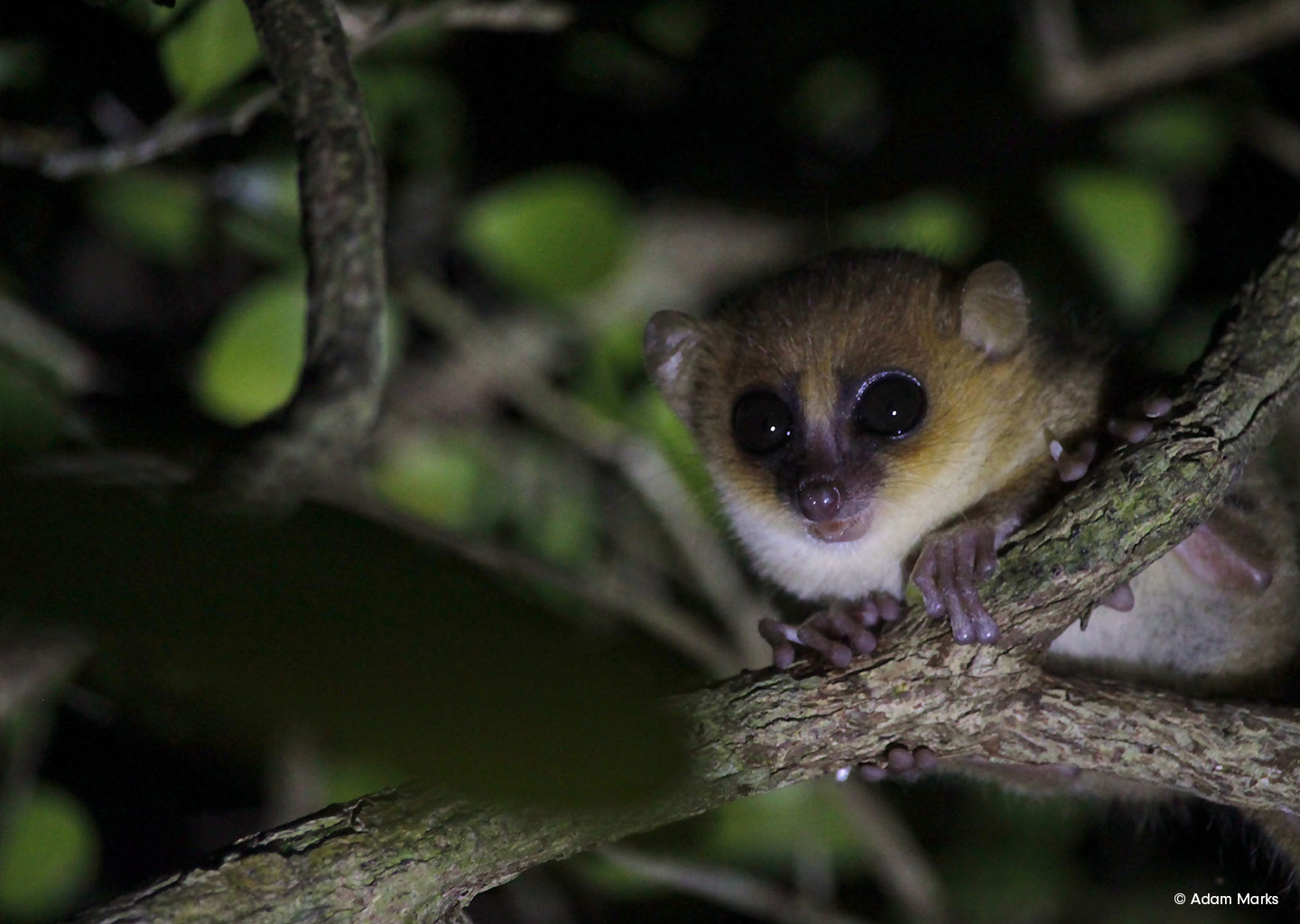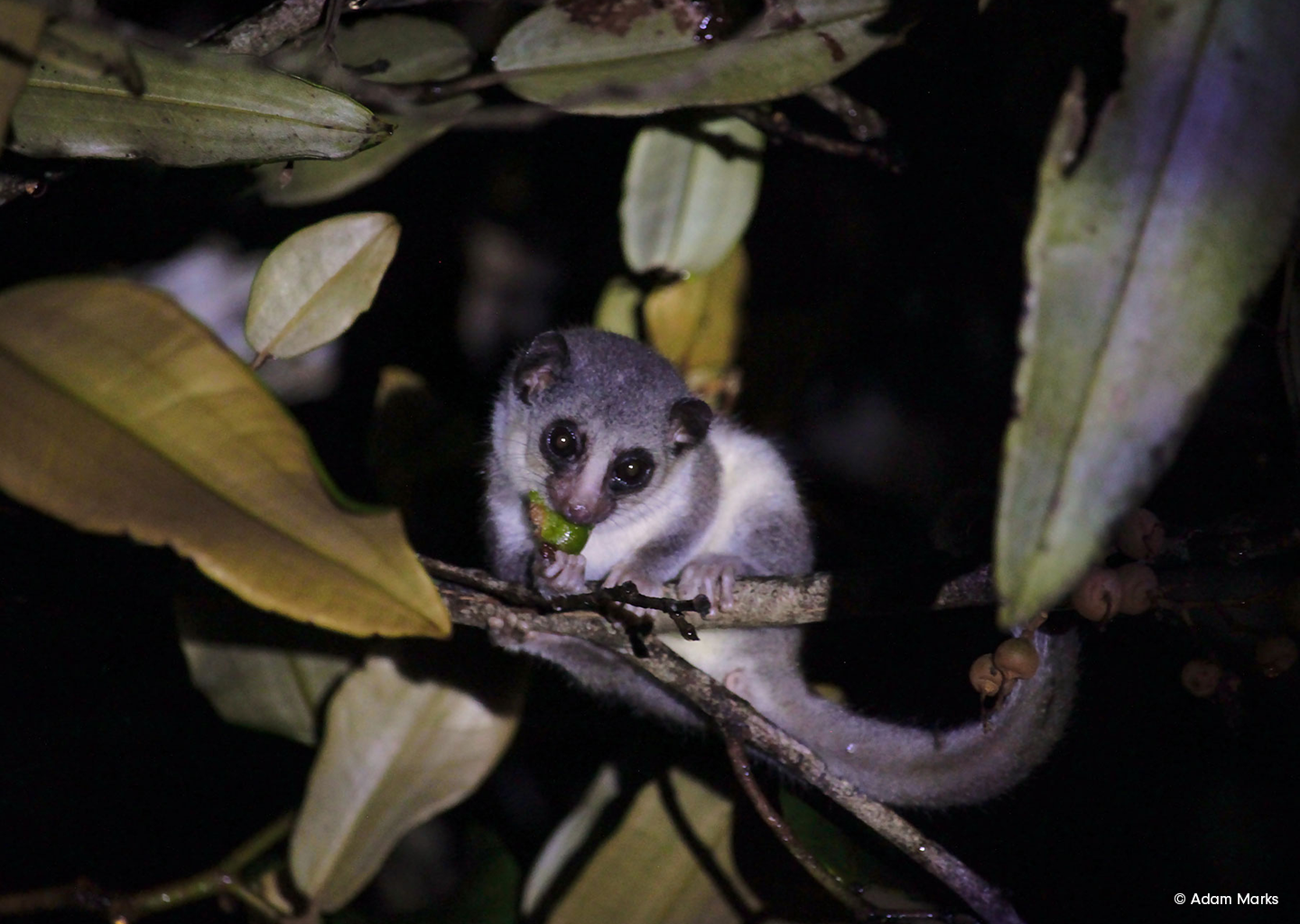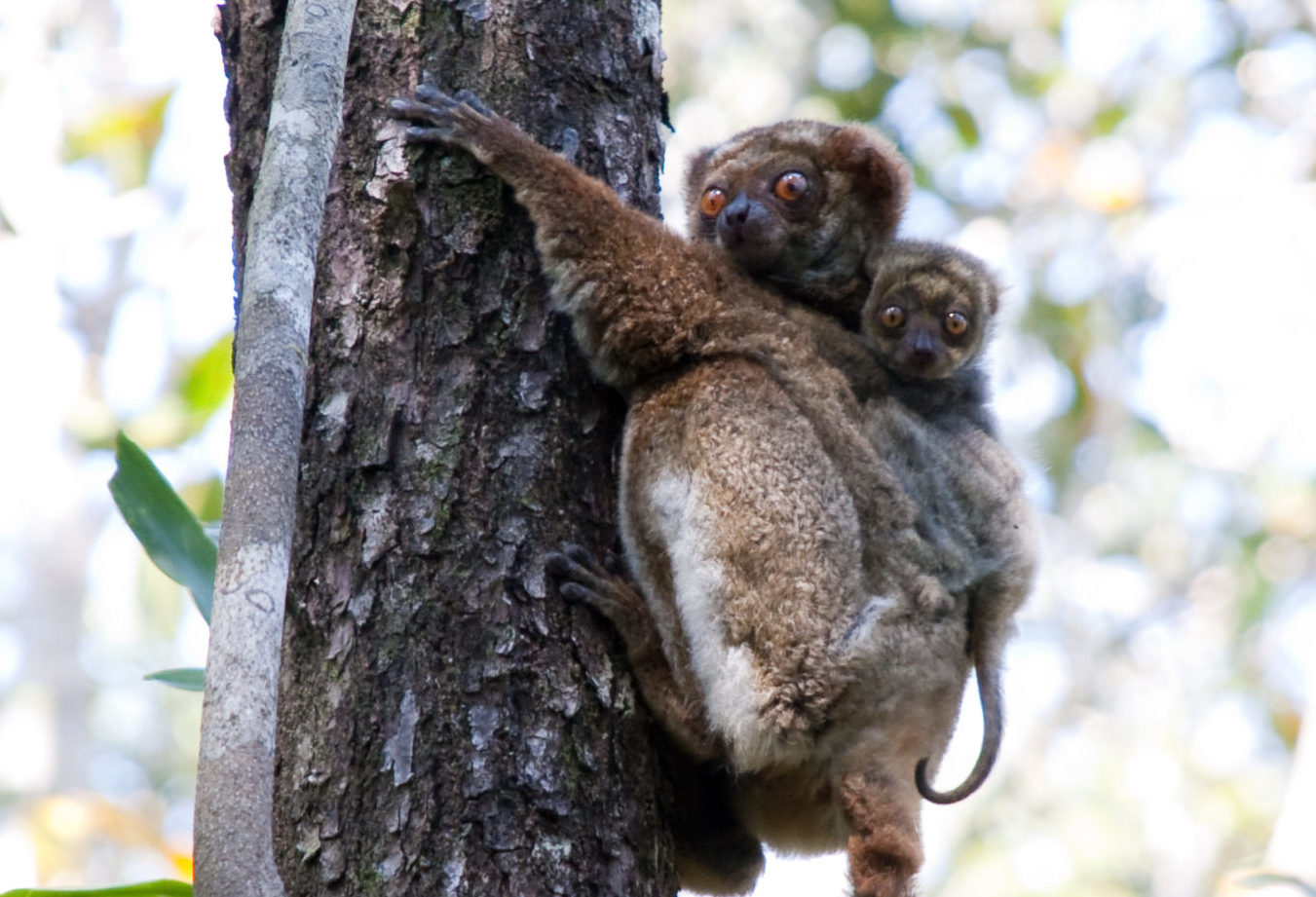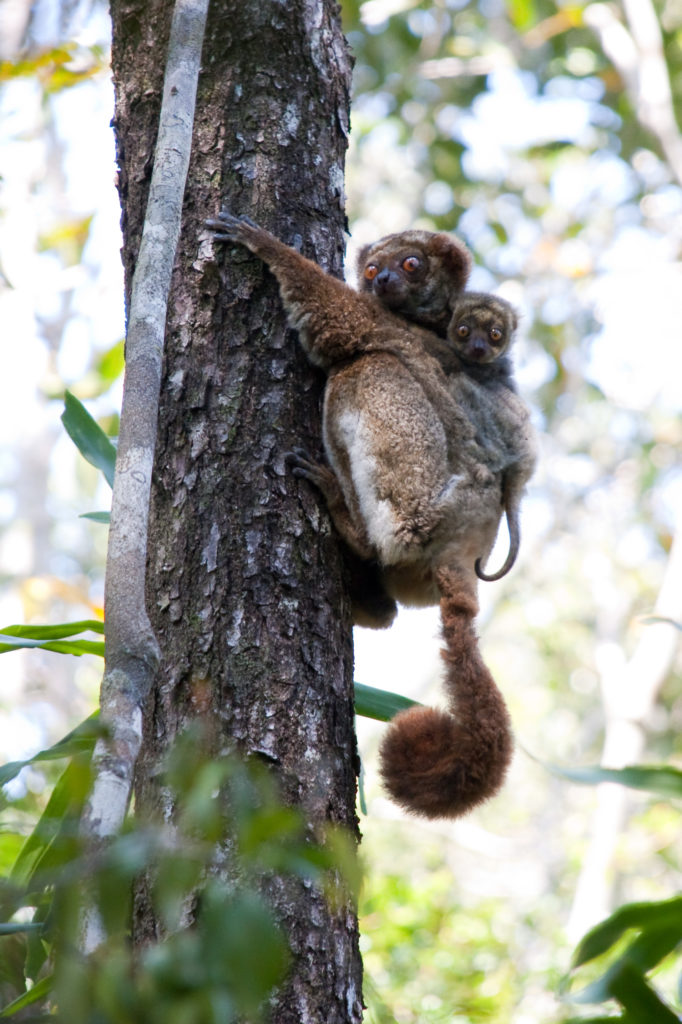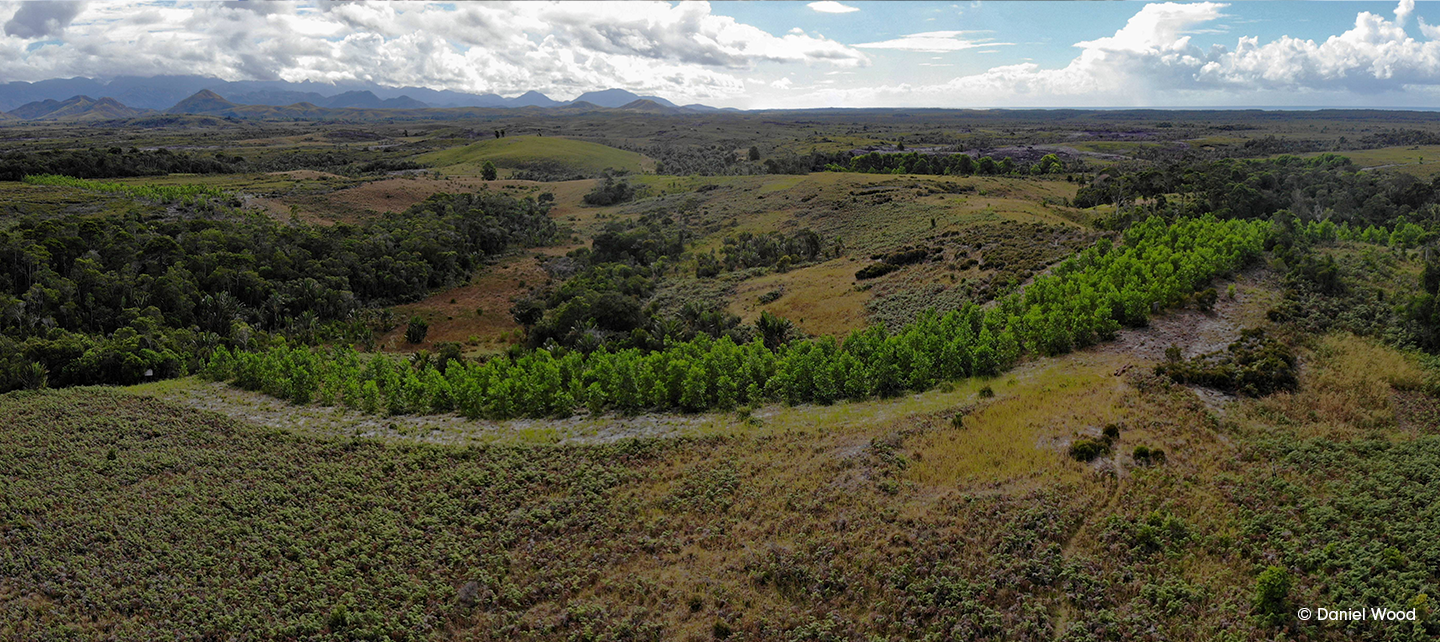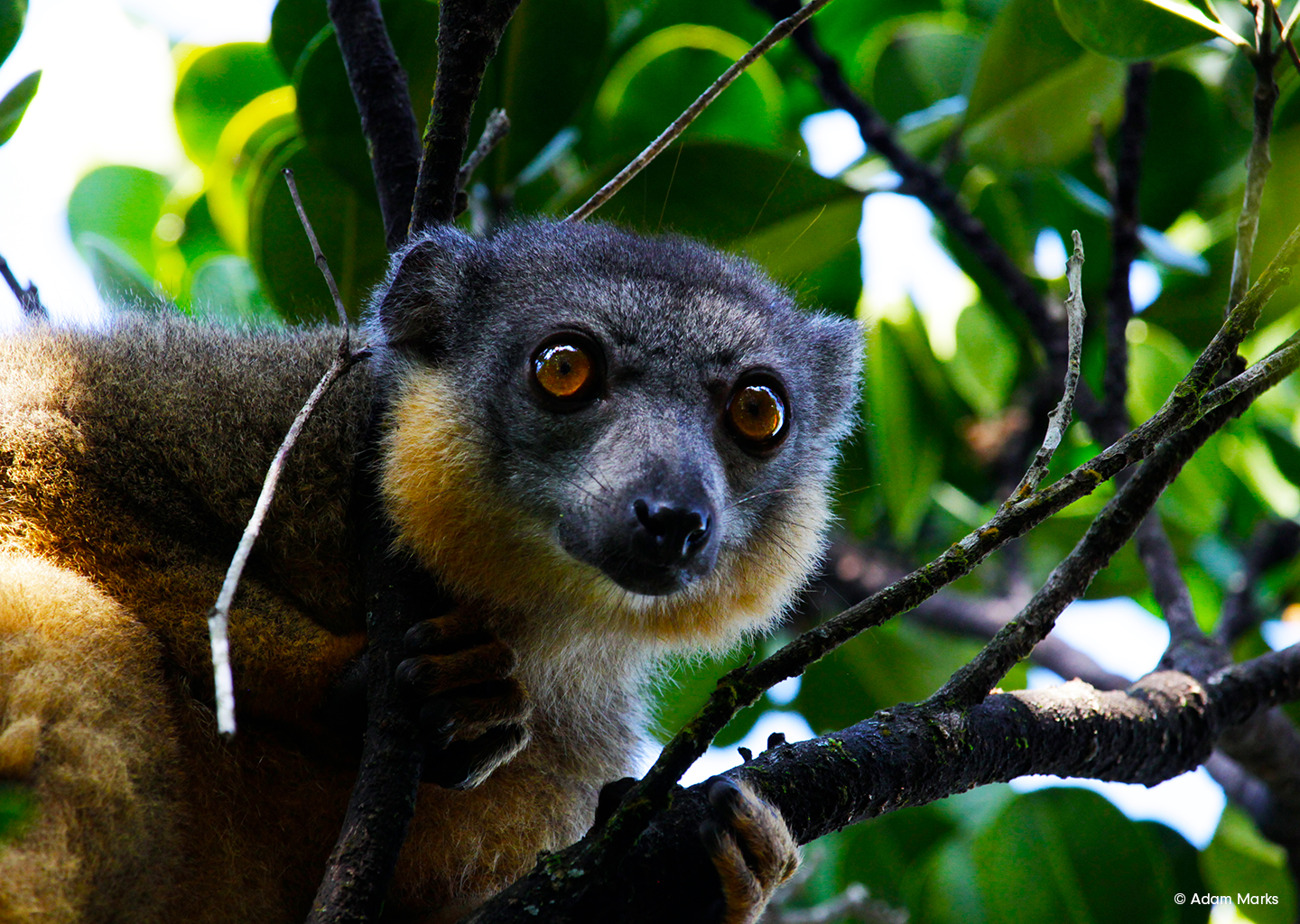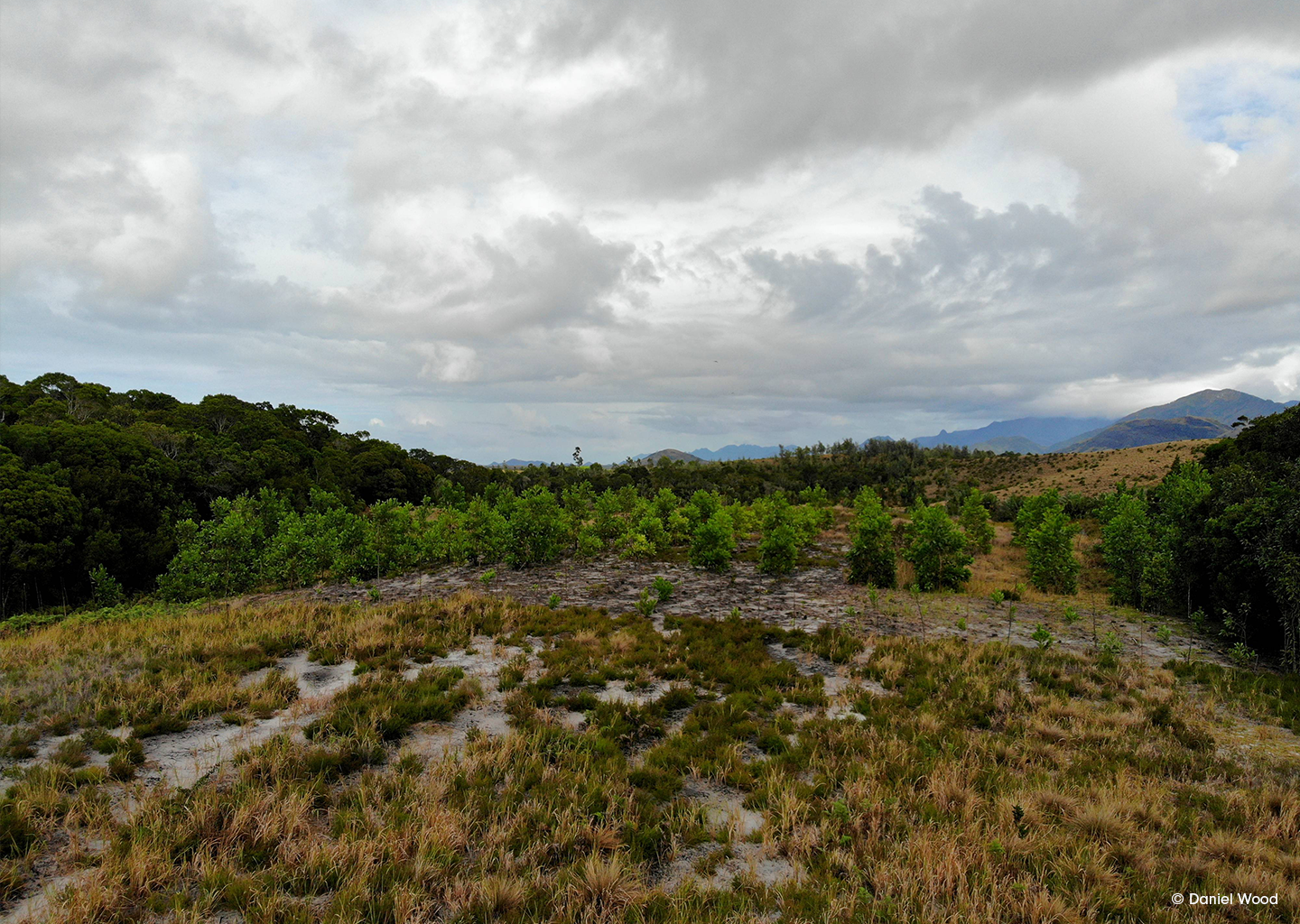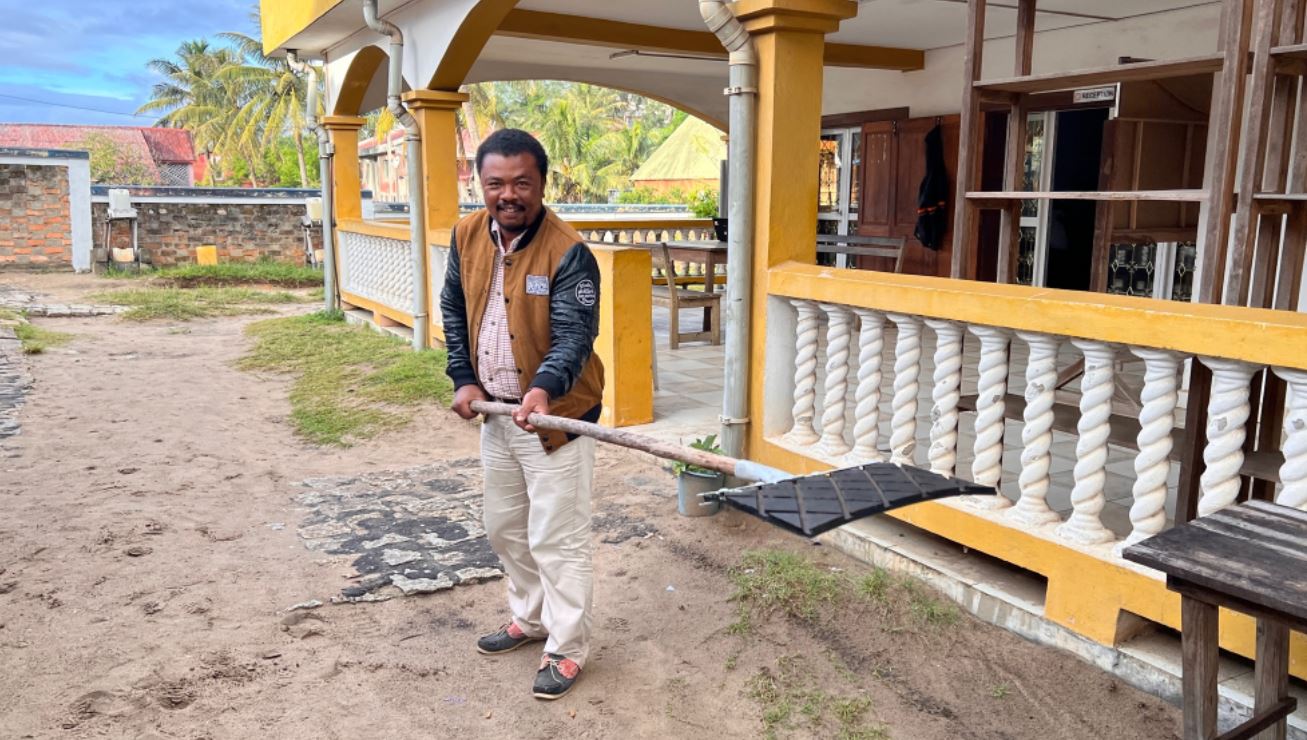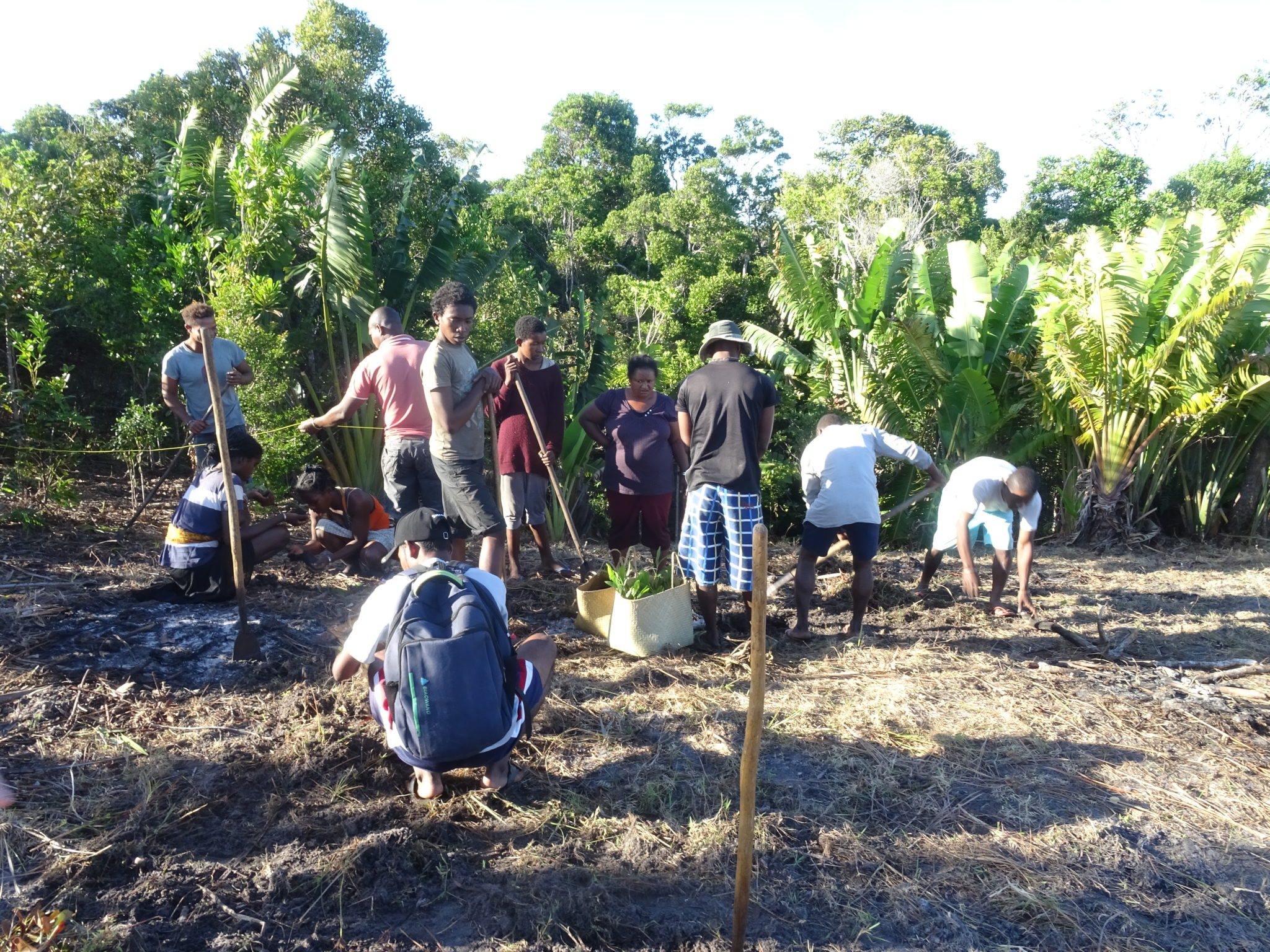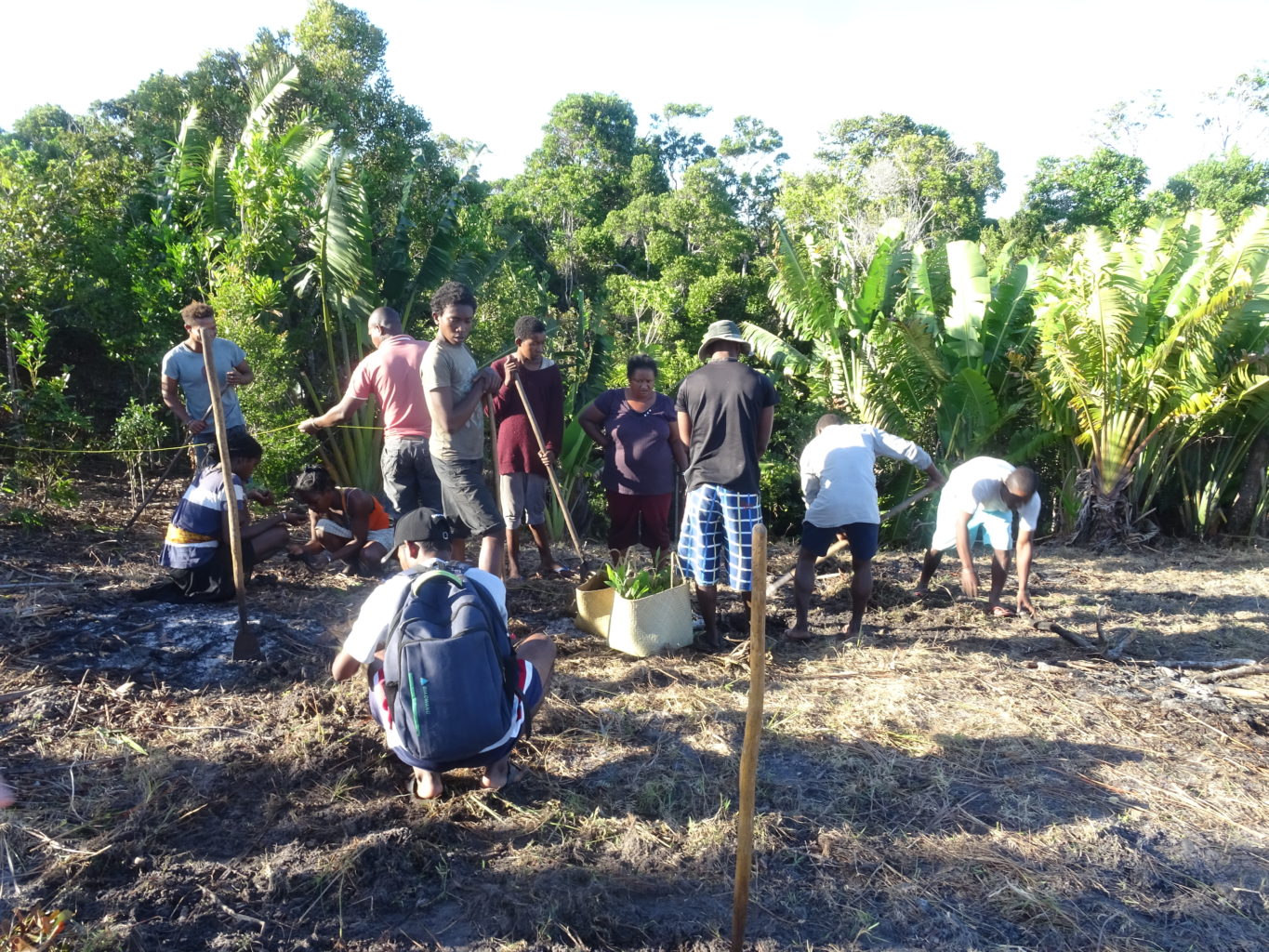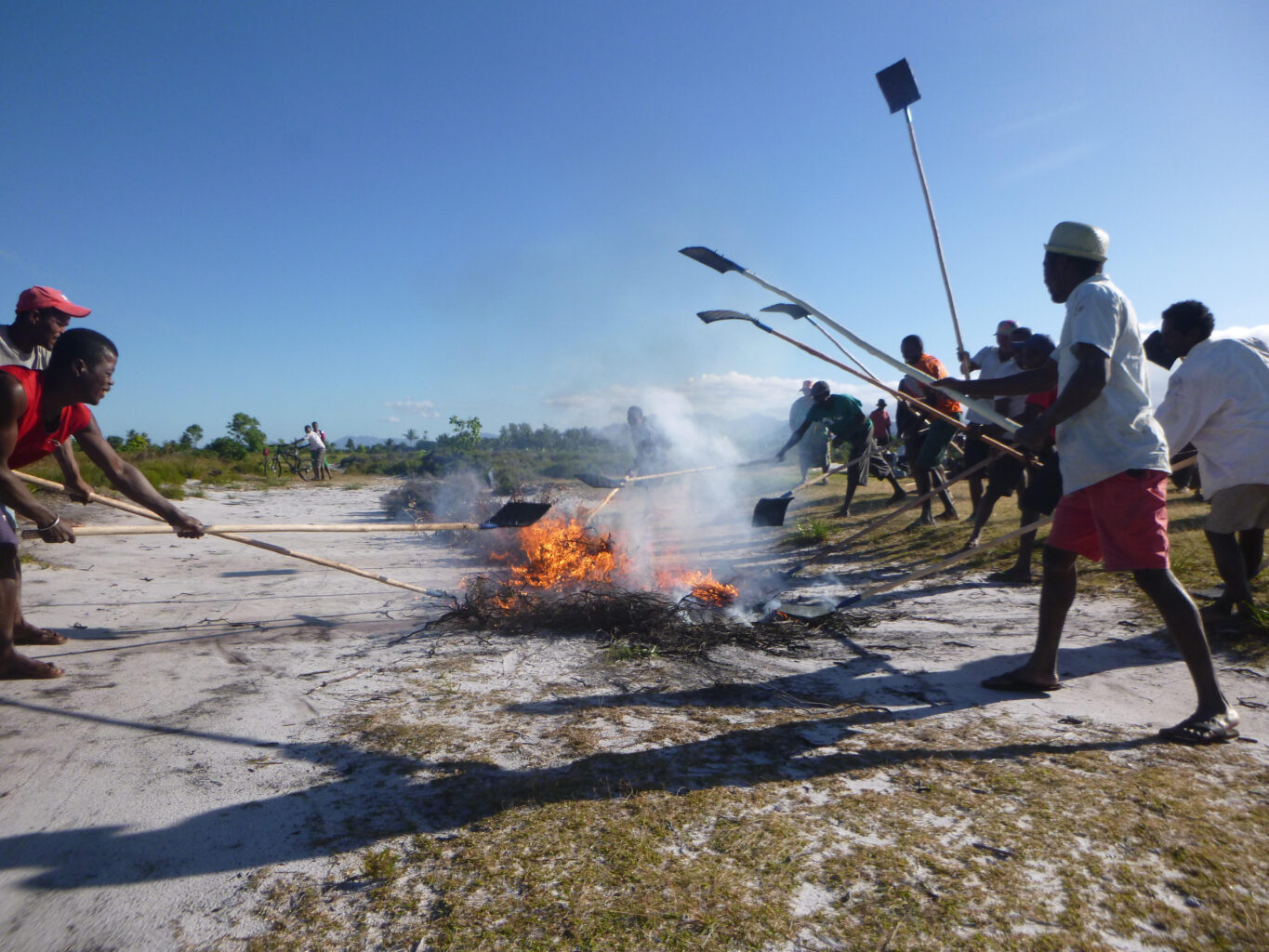Littoral forests are one of the most threatened ecosystems in Madagascar, an island country where almost all ecosystems are at serious risk. These forests once probably formed a long unbroken band along the southeastern coast. Over the years, however, fire, slash-and-burn agriculture, logging, and mining have fragmented the forests. An estimated 90% of littoral forest cover has been lost.
The Sainte Luce Littoral Forest (SLLF), in southeastern Madagascar, is one of those damaged forests, and its loss imperils the area’s extraordinary biodiversity. In the SLLF, 98% of the plant species are endemic to Madagascar. At least 42 plant species and 14 invertebrate species are endemic to the region. The SLFF is home to four endangered lemur species. Other critically endangered species include a gecko, an arboreal frog, a palm, and a tree on the very brink of extinction. It is entirely possible that many species in the area could be lost before we even learn of their existence.
SEED Madagascar has a multiyear plan to save the Sainte Luce forest, which covers 2,825 acres but has been carved into 17 fragments. This project, a standalone part of that larger effort, will create a reforested corridor uniting fragments of the original forest. SEED has already created four similar corridors. These corridors allow many species to cross the dry and sparsely vegetated gaps between the fragments, helping to maintain their populations.
To create the corridor, local people are planting acacia seedlings, rapidly growing trees that create the right soil and shade conditions for reestablishing native plants later. A firebreak on either side of the forest corridor protects it from wildfire, a constant danger in the dry southeast. Local law (dina) protects the corridor, and a community forest patrol oversees enforcement.
Members of the Sainte Luce and Ebakika communities are receiving education and training, concentrating on fire prevention. SEED will also provide simple firefighting tools, such as locally made fire beaters—basically, poles with rubber flaps. These benefits may seem small, but fire is an existential threat to the local people. About 90% of them are subsistence farmers or fishers who live below the international poverty line.
Our project partner, SEED, has worked in the Sainte Luce community for more than 20 years. Seacology has worked with SEED on other successful projects in Madagascar.
Seacology made this grant in memory of Edward O. Wilson, the eminent evolutionary biologist who documented how habitat fragmentation causes species loss. Dr. Wilson served on Seacology’s Scientific Advisory Board until his death in December 2021.
This project was supported by our 2022 crowdfunding campaign, launched on Earth Day.


